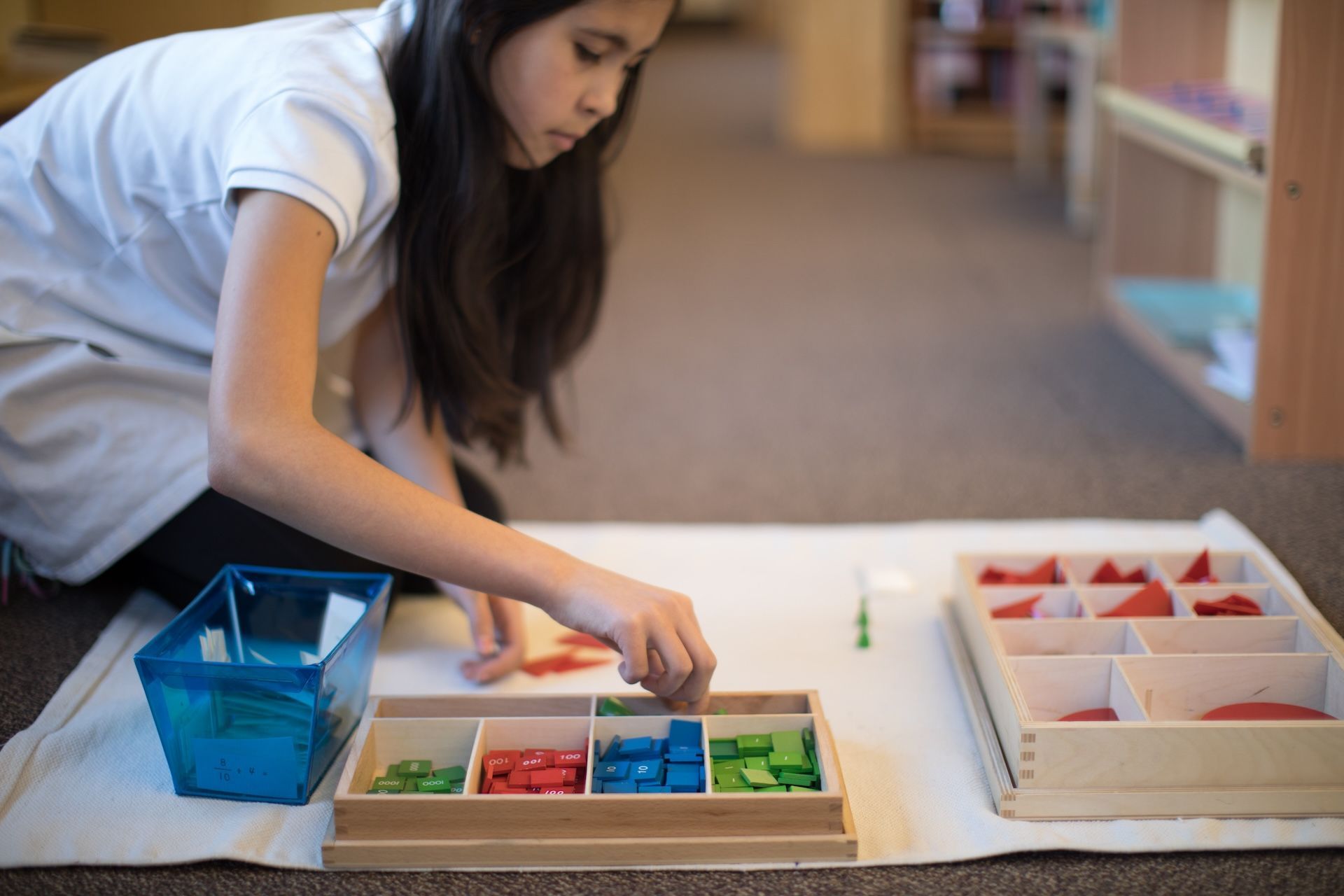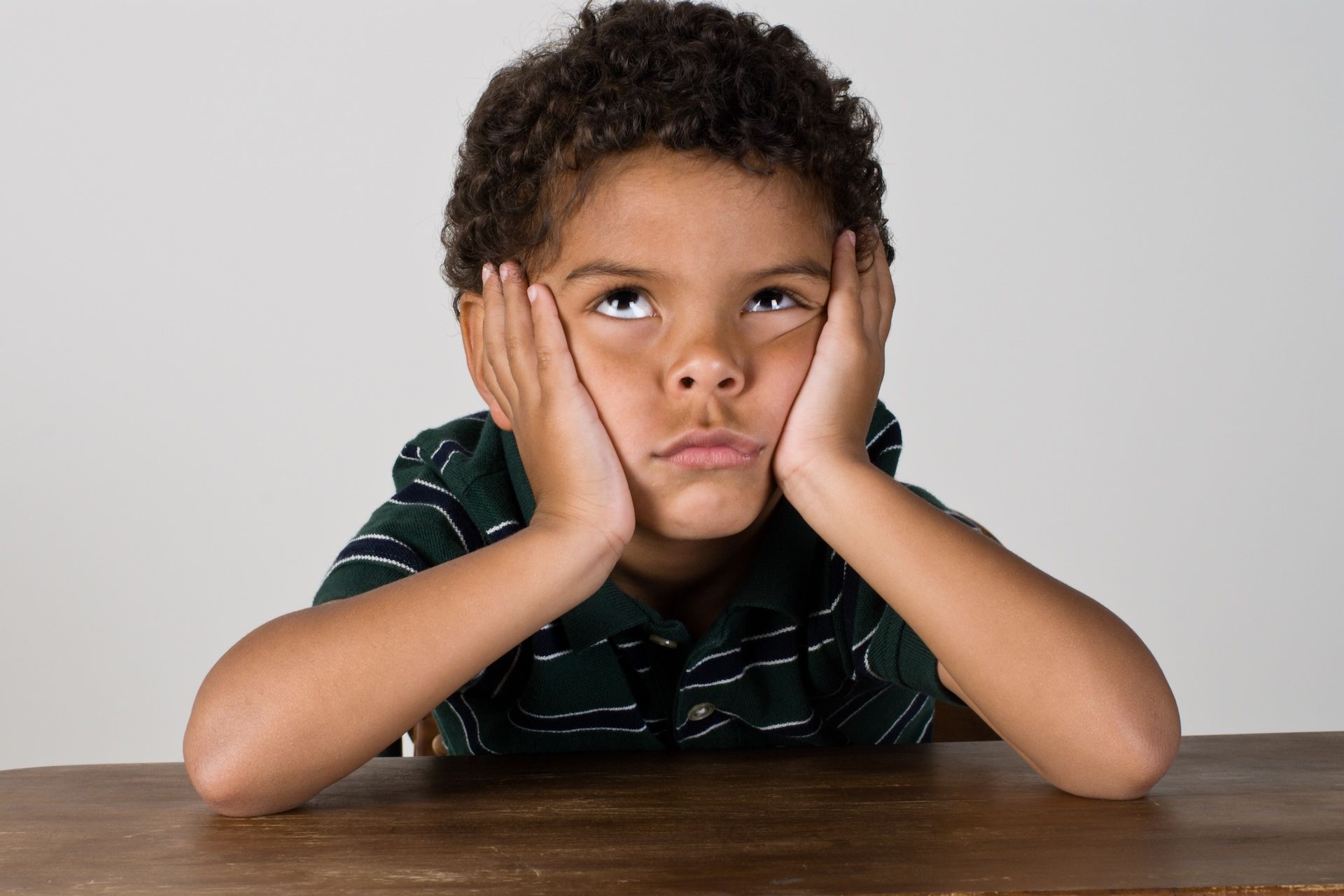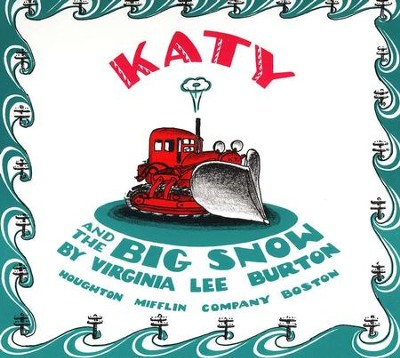


If you haven’t already noticed the slight chill in the morning air, the changing seasons are likely creeping into your thoughts. Winter is coming, as they say. This has us looking forward to cozy evenings curled up on the couch with our families. In recent years, the ideas of the Danish concept of hygge have become rather trendy, and for good reason. Hygge is about shutting out the coldness of the world and making time to connect with the people we love. It’s about cultivating a feeling a coziness and homeliness, and that’s something we can all get on board with! To learn more about hygge, click here and here to read two great articles.
Reading is one of the main components of hygge, so it’s important to remember that any book will do the trick! We thought it might be fun, however, to curate a list of extra cozy books that you can enjoy while snuggled up next to your children. We hope you enjoy them!
Snuggle Puppy! by Sandra Boynton
Ideal for babies, toddlers, preschoolers, and older kids who loved it when they were little, this sweet board book lets your child know just how much you love them. It’s meant to be sung, and you can click here to see a cute video of a child and grandmother singing it together.
My Name is Bob by James Bowen and Garry Jenkins, illustrated by Gerald Kelley
Hygge includes cuddling your pets and caring for one another, which makes this a perfect book. The original story was written for adults and became a New York Times bestseller; this version for children is beautifully done. A stray cat meets a homeless man and they become fast companions, eventually leading to much happier lives.
Chicken Soup with Rice by Maurice Sendack
This classic has a poem for each month of the year, and describes what the main character will be doing, along with how they will be enjoying chicken soup with rice along the way. Get a pot of soup on the stove and giggle along! The November page:
In November’s
gusty gale
I will flop
my flippy tail
and spout hot soup.
I’ll be a whale!
Spouting once
spouting twice
spouting chicken soup
with rice.
Ox-Cart Man by Donald Hall, illustrated by Barbara Cooney
A family who live by and rely on the seasons takes us through a year in their life. The story begins with the father loading up an ox-cart with the goods the family has gathered and made throughout the previous year: wool from their sheep, potatoes and cabbages from their garden, knitted mittens, handmade brooms and shingles, and much more. He drives the cart to the market and sells it all, including the cart and the ox. After a quick stop to purchase a few items, he walks home, and the family enters another year together, working with the land.
Katy and the Big Snow by Virginia Lee Burton
If you find yourself bracing for a blizzard (or even just enjoy the thought of getting snowed in), this is a delightful read to share with young children. Katy is a tractor that works for the city, helping in all sorts of ways. When a major storm hits, she alone is able to dig the city out. Follow Katy as she helps guide firefighters, water main repair workers, doctors, and even airplanes to safety.
The Snowy Nap by Jan Brett
A tiny hedgehog is preparing to hibernate for the winter. After hearing from the other animals about all the fun he will be missing out on, he decides to try and stay awake. A girl finds the poor creature half frozen, and brings him inside where he is able to watch the beginning of winter from a cozy spot on a window sill.
Stone Soup by John J. Muth
We all know this classic tale, and celebrated author John J. Muth brings his own flair to its retelling. Three monks enter a village in which the people are cold and isolated. They close their doors to one another, and there is hardly a sense of community. One small child breaks the silence as the monks begin to prepare their stone soup, igniting a chain reaction of curious, and then generous, neighbors.
Pizza! An Interactive Recipe Book (Cook in a Book) by Lotta Nieminen
Making tasty food at home to share with your loved ones is very much a part of hygge. This book includes a recipe, and making a pizza with your children is a lot of fun! You don’t have to, however, to enjoy the book. Full of tabs and flaps, readers learn the steps to making a pizza and have a chance to try it out!
The Complete Cookbook for Young Chefs
Filled with both recipes and techniques, any child who enjoys cooking will love this resource. Plus, spending some quality time in the kitchen together cooking up something warm, tasty, and comforting… what could be better? Except perhaps when the day comes that your child can head into the kitchen and prepare a meal all by themselves!
The Little Book of Hygge: Danish Secrets to Happy Living by Mark Wiking
If you are intrigued by the whole concept of hygge, this is the book for you. We are recommending this book for you parents, although your children may enjoy reading parts along with you. Grab your fuzziest socks and a hot mug of tea, get comfortable in your favorite spot on the couch, and enjoy!


We invite you to visit our school, meet the teachers, and observe the children in their classrooms. We encourage you to ask questions and learn about the opportunities available at all levels of our programs.
LakeCreek Montessori International School
10127 Lake Creek Parkway, Austin, Texas, 78729
Powered by Nido Marketing